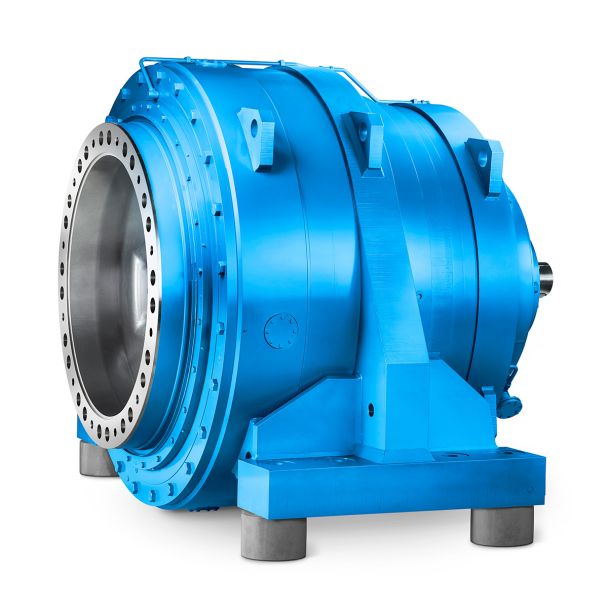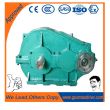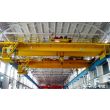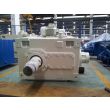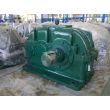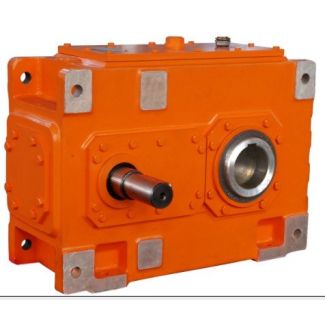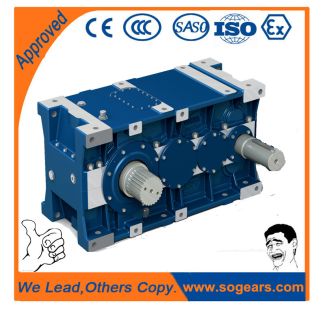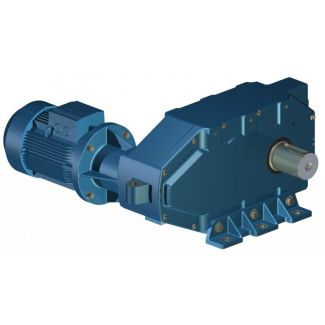H2-KV22A getriebemotor flender Helical gear box H2
In stock
SKU
H2-KV22A
$205,714.29
Flender/Flender Gear Units/Helical gear box H2
at in ferritic structures. The mechanism of carbon transition is well under- stood and, thanks to its reaction kinetics, it offers large series of process indicators which can be used to evaluate and control the process. The thermal decomposition results
offers large series of process indicators which can be used to evaluate and control the process. The thermal decomposition results  in the reaction shown in Fig. 6.2. The reaction products CO, 2, , 2,H2O, and 2can all be measured. Partial
in the reaction shown in Fig. 6.2. The reaction products CO, 2, , 2,H2O, and 2can all be measured. Partial  oxygen pressure, infrared absorption or dew point can be measured. All these techniques indicate the prevailing carbon activity in the
oxygen pressure, infrared absorption or dew point can be measured. All these techniques indicate the prevailing carbon activity in the  gas atmosphere, with varying degrees of accuracy and reproducibility. If more than one measuring method is used, the reliability and reproducibility of the carburizing process are improved. Due to the high concentration gradients between the atmosphere and the work piece and the high process temperature, enrichment of the surface layer with carbon at rst proceeds very efciently. Intelligent control algorithms allow highly precise process control, permitting carburizing depths of more than 5 mm to be reached without undesirable side-effects inuencing the surface layer [ WUEN6 ], [WEIS9 ], [WYSS9 ]. The precondition for this is steelmaking with high quality melt metallurgy, to ensure low scatter of the alloying elements and high ne-grain stability. However, ever higher case hardening depths are desirable, particularly for marine drives. Since conventional process design is not feasible for this approach, special micro-alloying systems are used to improve grain size stability for carburizing at even higher temperatures and in shorter times. However, this process design is currently feasible only for small dimen- sions in laboratory conditions. Further potential to shorten process times is offered by modern low pressure processes which use oxygen-free carbon carriers to work at substantially higher carbon concentrations and without inter-granular oxidation. This process can Fig. 6.2 Reaction diagram of carbon transition2 6 Manufacturing Process additionally be supported using pl
gas atmosphere, with varying degrees of accuracy and reproducibility. If more than one measuring method is used, the reliability and reproducibility of the carburizing process are improved. Due to the high concentration gradients between the atmosphere and the work piece and the high process temperature, enrichment of the surface layer with carbon at rst proceeds very efciently. Intelligent control algorithms allow highly precise process control, permitting carburizing depths of more than 5 mm to be reached without undesirable side-effects inuencing the surface layer [ WUEN6 ], [WEIS9 ], [WYSS9 ]. The precondition for this is steelmaking with high quality melt metallurgy, to ensure low scatter of the alloying elements and high ne-grain stability. However, ever higher case hardening depths are desirable, particularly for marine drives. Since conventional process design is not feasible for this approach, special micro-alloying systems are used to improve grain size stability for carburizing at even higher temperatures and in shorter times. However, this process design is currently feasible only for small dimen- sions in laboratory conditions. Further potential to shorten process times is offered by modern low pressure processes which use oxygen-free carbon carriers to work at substantially higher carbon concentrations and without inter-granular oxidation. This process can Fig. 6.2 Reaction diagram of carbon transition2 6 Manufacturing Process additionally be supported using pl| Model Type | Helical gear box H2 |
|---|---|
| Gear Type | Helical Gear |
| Weight (kg) | 9600.000000 |
| Ratio Range | 1 : 8…22.4 |
| Low Speed Output | Hollow shaft with spline acc. to DIN 5480 |
| Nominal Torque | 458000 Nm |
| Mounting Arrangements | Vertical mounting position |
| Manufacturer | Flender de Colombia |
| Country of Manufacture | Jamaica |
| Data Sheet & Drawings | H2-KV22A getriebemotor flender Helical gear box H2 |
